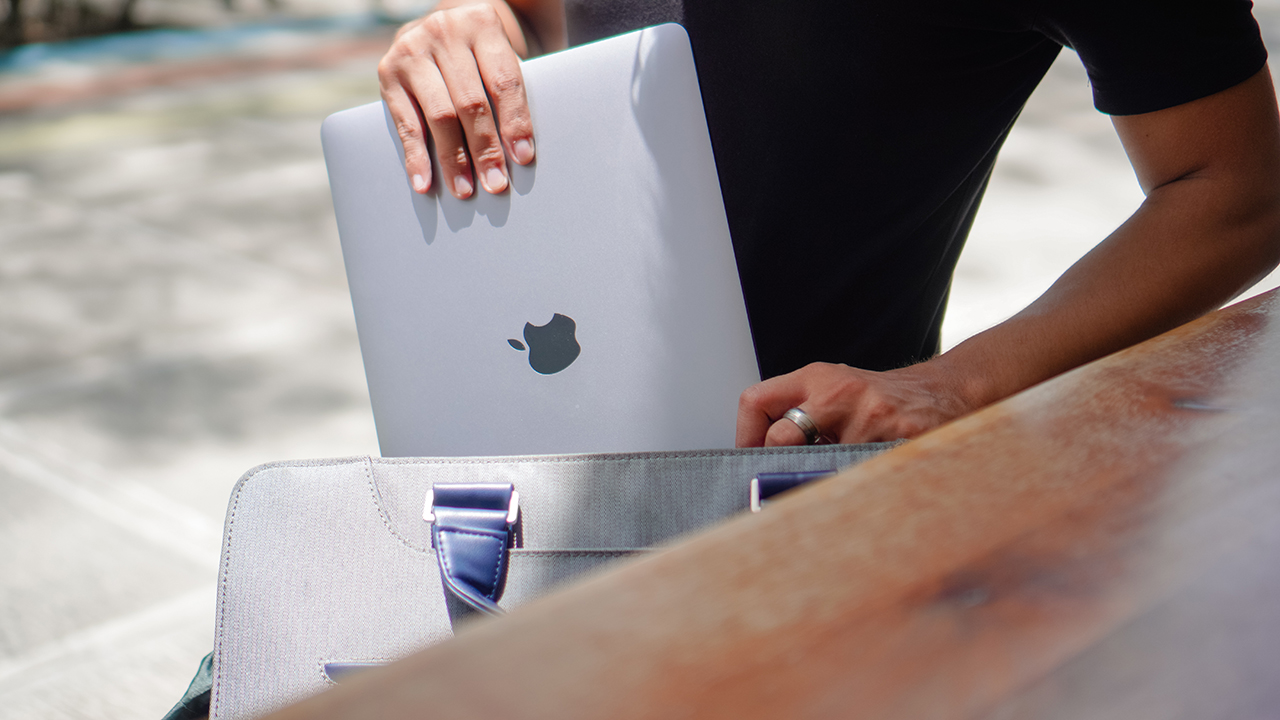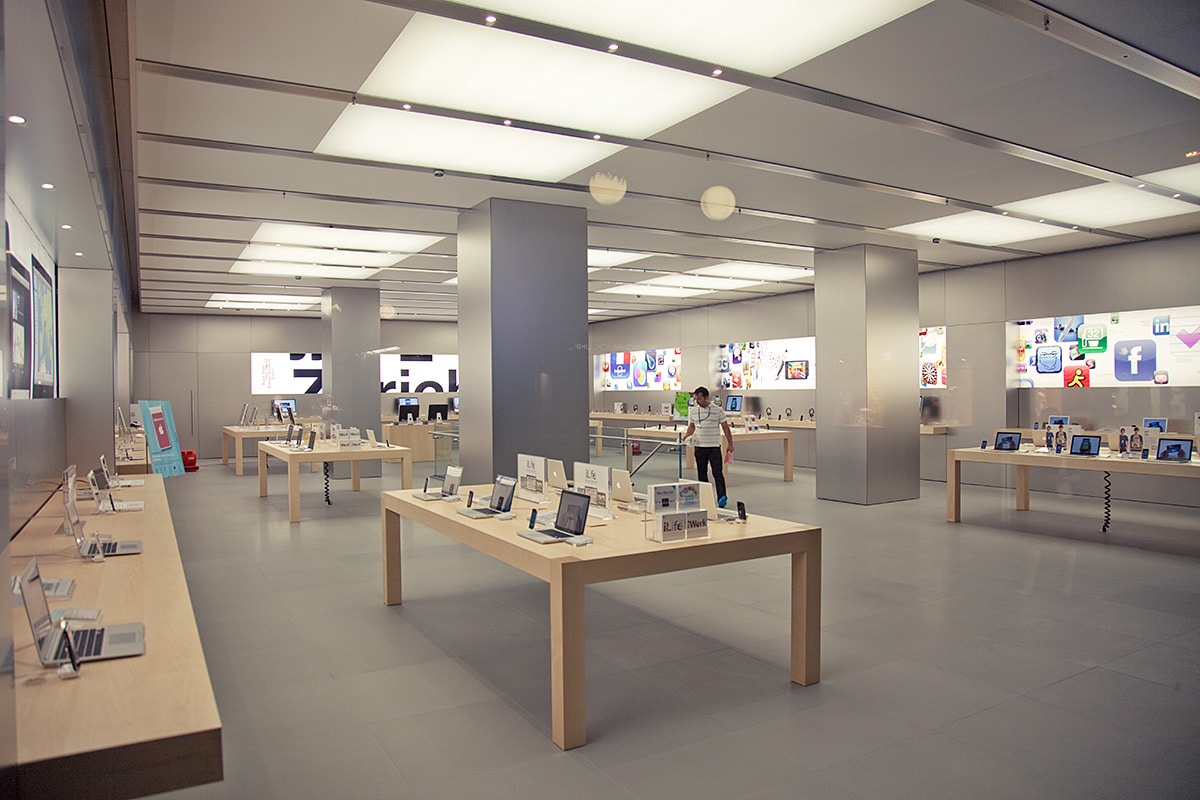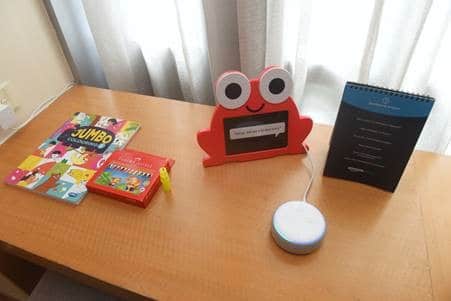India
How Alexa wants to be your round-the-clock assistant
The future is inclusive and connected

Amazon is popular for its marketplace but the company has ambitious expansion plans that range from enterprise-grade data centers to an on-demand personal assistant. Dubbed Alexa, the voice-enabled assistant is the backbone of their in-house Echo line of speakers.
We had a closer look at how these devices are going to help users in their day-to-day life and the results so far are amusing as well as promising. The company’s goal is to let you focus on what matters and just dictate commands to the assistant. We’ve seen a similar concept on Google Assistant as well as Apple’s Siri. So, how is Alexa different?
All day, all-around assistant
Thanks to a wide range of speakers that come across all sizes and budgets, Amazon is able to push Alexa right into your bedroom. The service is also available via a standalone app on Android, iOS, Fire TV and Kindle HD tablets.
To start off, the mic onboard Echo speaker’s is always listening by default and can be muted if required. The always-on feature lets you dictate command whenever you want and background noise isolation is excellent. You can ask basic questions like “How’s the weather today?” as well as some complicated trivia like “Who’s the President of Hungary?”
With a well-programmed backend that supports multiple third-party platforms like AccuWeather and WikiHow, any question that you have will never go unanswered. Similarly, Amazon has worked with curated developers to offer additional functionality for display enabled speakers like the Echo Show 5. This includes Prime Video, YouTube, as well as cooking guides.
If you have multiple speakers in your house, they can be synced via a single account and even use to broadcast messages from one room to another. You can also pair the speaker with an Alexa-enabled accessory or appliance like a bulb, geyser, or TV and operate it via voice commands. How cool would it be if you could say “Alexa, switch on the AC”, and you’re done!
For kids, special additions include trivia apps, quizzes, audible stories, and more. Amazon wants Alexa to be a learning companion and security measures have been taken to ensure they don’t veer off.
Apps that are meant for kids need to undergo screening before they get published. For privacy, Amazon guarantees the mic doesn’t store any personal data on their servers and a mute button is provided on almost all speakers. With the recently launched Echo Show 5, a camera has been incorporated on the front and it’s accompanied by a physical shutter to turn it off.
Amazon is working on voice profiling technology that can detect who is speaking to Alexa and provide customized content in return. But, this is still in development and we expect it to materialize in the coming years.
Amazon’s regional push
For India, a few dedicated regional applications have been added like Bollywood Quiz, Curated Cooking Guide by Sanjeev Kapoor, and regional music from Amazon’s library. Additionally, third-party connections like Zomato, Uber, and Ola have also been added. Amazon also announced that Alexa will soon be able to communicate in regional languages.


There’s no doubt that India is a major market for technology. While the country has its own brand preferences outside of the world’s usual, everyone still wants to get a piece of the market. To the dismay of global companies, the country is realizing the potential of its own market. Effective immediately, India has started restricting imports for new laptops, tablets, and PCs.
Recently, India made some headlines in the smartphone industry. A few companies, including Apple, have poured funds into building factories in India. Locally produced devices will allow these companies to attract the Indian market better. With the new regulations out today, it looks like these brands are going to enjoy a head start over others who aren’t in the country yet.
The Indian government introduced a new restriction (via Reuters) against the importation of “laptops, tablets, all-in-one personal computers, and ultra-small form factor computers and servers” made from other countries. Customers, however, will get an exemption. Airline passengers can still bring in these devices in their luggage. Additionally, a single imported device is allowable when bought through e-commerce platforms. Companies can import their products only by applying for a special license.
In a nutshell, bulk orders without a license are out. The government is instead encouraging users to buy locally produced products as part of its “Make in India” program. At the very least, it’s not a total ban on foreign brands. For example, Dell, HP, and Lenovo are exempt from the regulations since they already have production facilities built in the country.
SEE ALSO: Samsung overtakes Xiaomi as top phone brand in India

Attacking a huge smartphone market is difficult. With preferences constantly evolving, it can get tricky to figure out the best lineup to capture most of a market. Samsung, however, has just done it. In the last quarter of 2022, Samsung has taken the crown from Xiaomi as the bestselling smartphone brand in India.
India is an important market for most smartphone brands. It’s one of the largest markets in the world. However, despite its size, the biggest players are often those who offer more affordable devices for consumers. Budget is the name of the game if a brand wants to make it big in the country.
Things are changing, though. According to new market data (via Reuters), Samsung has nabbed the throne from the former leader, Xiaomi. In the last quarter of 2022, the Korean brand grabbed 20 percent of the market, while the latter only got 18 percent.
In a trend dubbed as premiumization, Indian consumers are reportedly enjoying more disposable income, resulting in more willingness to buy pricier products. Additionally, the report hints that consumers have started equating lower prices with inferior quality.
With the market trending towards more premium products, Samsung took the lead with a lineup that consists more of midrange to premium devices. It will also be interesting to see if Apple, an even more premium brand, can also make a dent in the Indian market.
SEE ALSO: Buyer’s Guide: Samsung Galaxy S23 Ultra

For one of the largest smartphone markets in the world, India is one of the rarer countries where Apple does not outright dominate. Undoubtedly, the company is trying to change that. Ongoing job listings in India are suggesting that Apple is ready to open its first brick-and-mortar store in the country.
First reported by Financial Times, Apple has posted job openings in India for several retail roles including for the iconic Genius Bar. Another clue even indicates that some spots have already been filled ahead of time. A few employees in the country have reportedly posted about their new jobs on LinkedIn.
Unfortunately, none of the job listings show how many stores are planned and where they will be. Narrowing things down by a bit, a few of the confirmed employees are from Mumbai and New Delhi. The report also does not indicate when the stores will open. However, since a few have already been hired, a grand opening might be coming soon.
Apple has a lot to gain by strengthening its foothold in India. The country is an important stronghold for smartphone companies. However, the company might find things harder as time goes by. The country recently dictated that brands must switch to USB-C if they want to sell their devices in India. All over the world, Apple remains the last stalwart against adopting the more universal standard.
-

 Events2 weeks ago
Events2 weeks agoStellar Blade: PlayStation taps cosplayers to play Eve for game’s launch
-

 Features1 week ago
Features1 week agoFortify your home office or business setup with these devices
-

 Gaming2 weeks ago
Gaming2 weeks agoThe Rogue Prince of Persia looks like an ultra-colorful roguelite
-

 Accessories2 weeks ago
Accessories2 weeks agoLogitech unveils G Pro X 60 gaming keyboard: Price, details
-

 Reviews1 week ago
Reviews1 week agorealme 12+ 5G review: One month later
-

 Gaming2 weeks ago
Gaming2 weeks agoLenovo confirms development of a Legion Go 2
-

 Deals2 weeks ago
Deals2 weeks agoTCL P635 TV: Big savings for TCL’s anniversary
-

 Gaming1 week ago
Gaming1 week agoNew PUMA collection lets you wear PlayStation’s iconic symbols





























